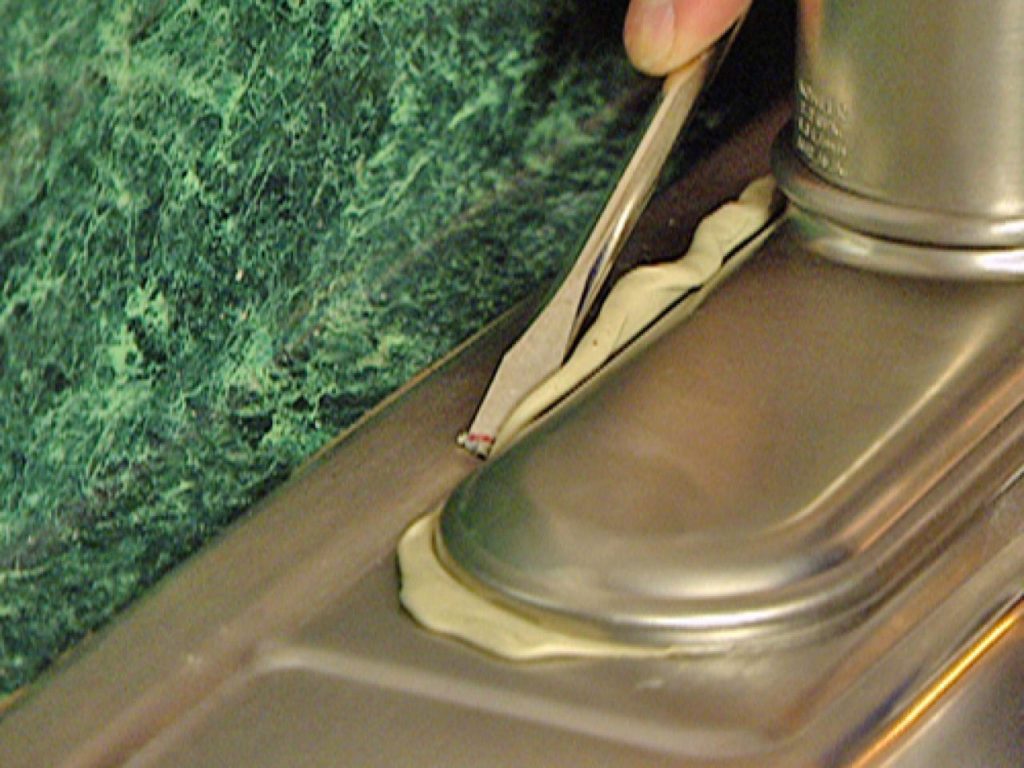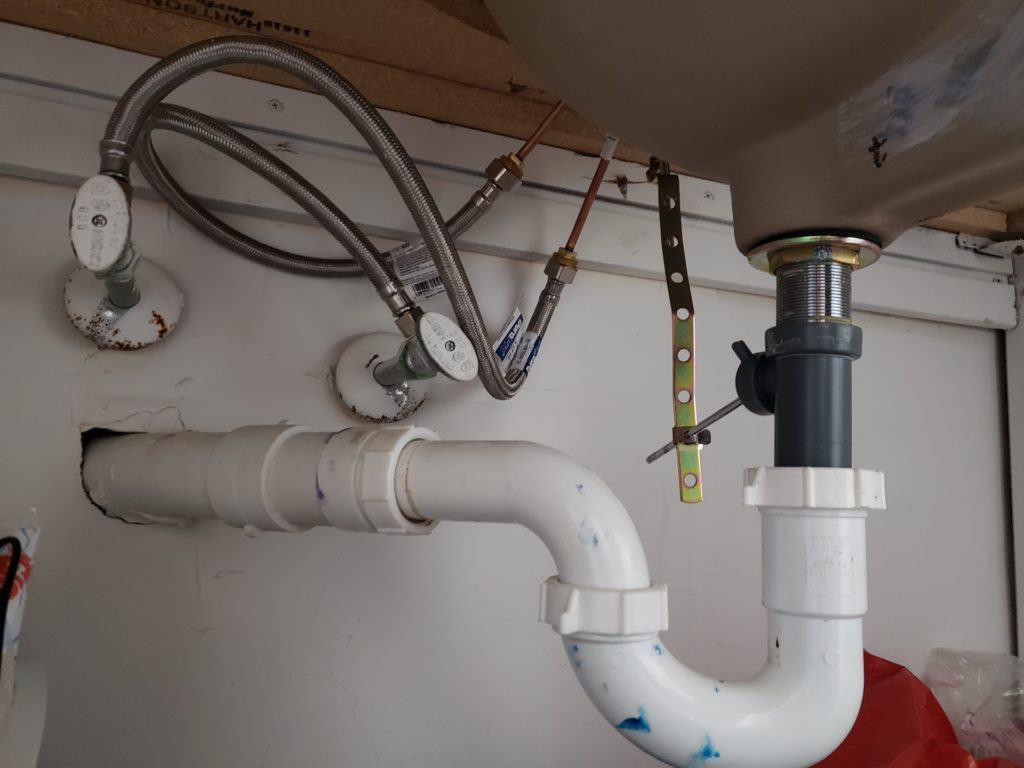When sealing drain assemblies connected to a sink, most emergency plumber services use plumber’s putty. Plumber’s putty is a reliable, waterproof sealing agent applied on the base of the faucet or drain in case of a leak.
Hardened putty is most commonly used for replacing the garbage disposal or disassembling sink drains. Removing dried plumber’s putty is easier and simple with these five effective tips. But first, let’s understand a bit more about plumber’s putty.

A plumber’s putty is a solid and flexible compound used to fix leaky issues from a faucet or drain. The dense mixture is naturally pliable and consists of a combination of vegetable and mineral oils.
Similar to a plumber’s joint compound, this product remains unsolidified or doesn’t dry much after use. The plumber’s putty acts as a fence guard and restricts water from seeping behind your plumbing appliance.
Some of the plumbers putty substitutes include:
- Plumbers chalk
- Silicone
- Adhesive
- Aquarium putty
- Terrarium putty
5 Tips To Remove Plumber’s Putty

- Use A Utility Blade or Knife
- You can easily remove the hard and dried putty with the help of a utility blade or knife. All you have to do is grab a firm of the knife or blade and start scrapping the putty.
- While using such sharp objects, safety always comes first. Therefore, make sure you wear a safety glove to avoid casualties.
- Remove With Your Fingers
- Plumber’s putty is popular among plumbing experts for creating a watertight seal between your faucet and sink. However, this product is not as firm as caulk adhesive.
- By simply pressing on the joints, you can easily break the old putty. All you have to do is use your fingers to remove the leftover putty from the rims or the area between your faucet and sink.
- Wash with Soapy Water
- Using a utility blade or knife to scrape most of the putty sounds reasonable. However, a plumber’s putty contains linseed oil which can be harder to remove with a blade or knife.
- To remove the filth of linseed oil, you can rinse the spot with soapy water. Using soapy water on the remaining putty will wash off the residue.
- Use Paint Thinner or Mineral Spirit
- In case soapy water doesn’t work out for you, you can use paint thinner or mineral spirit. Take a soft cloth, dab in a few drops of mineral spirit, and start scrubbing the area vigorously.
- You can also apply paint thinner to the affected area and let it sit for 20-30 seconds. Using a rough cloth, wipe away the thinner and done!
- Use A Heat Gun
If any of the above-mentioned methods fail to offer you a solution, here’s the ultimate weapon – a heat gun. A heat gun can produce 1000 °F and melt away any type of hardened putty from the surface.
While using a heat gun, make sure you are wearing heat-protective gloves for safety.
A Few Common Questions on Plumbers Putty
- Is Plumber’s Putty Easy To Remove?
One of the reasons for using a plumber’s putty over silicone is because it is easy to remove and use.
- Is Plumber’s Putty Removable?
Plumbers putty is not adhesive and can come off much easier than silicone.
- How Do You Soften a Hard Plumber’s Putty?
Here are some of the tips on – how to soften plumbers putty:
- Using water and hand lotion
- Using hair gel and microwave
- Using spray oil or linseed oil
- Does Vinegar Dissolve Plumber’s Putty?
Yes. Vinegar can dissolve plumber’s putty and rubber seals around taps, faucets, and drains.
Conclusion
Removing putty doesn’t require hard and fast rules. You can consider using any of these methods and test them out yourself.
